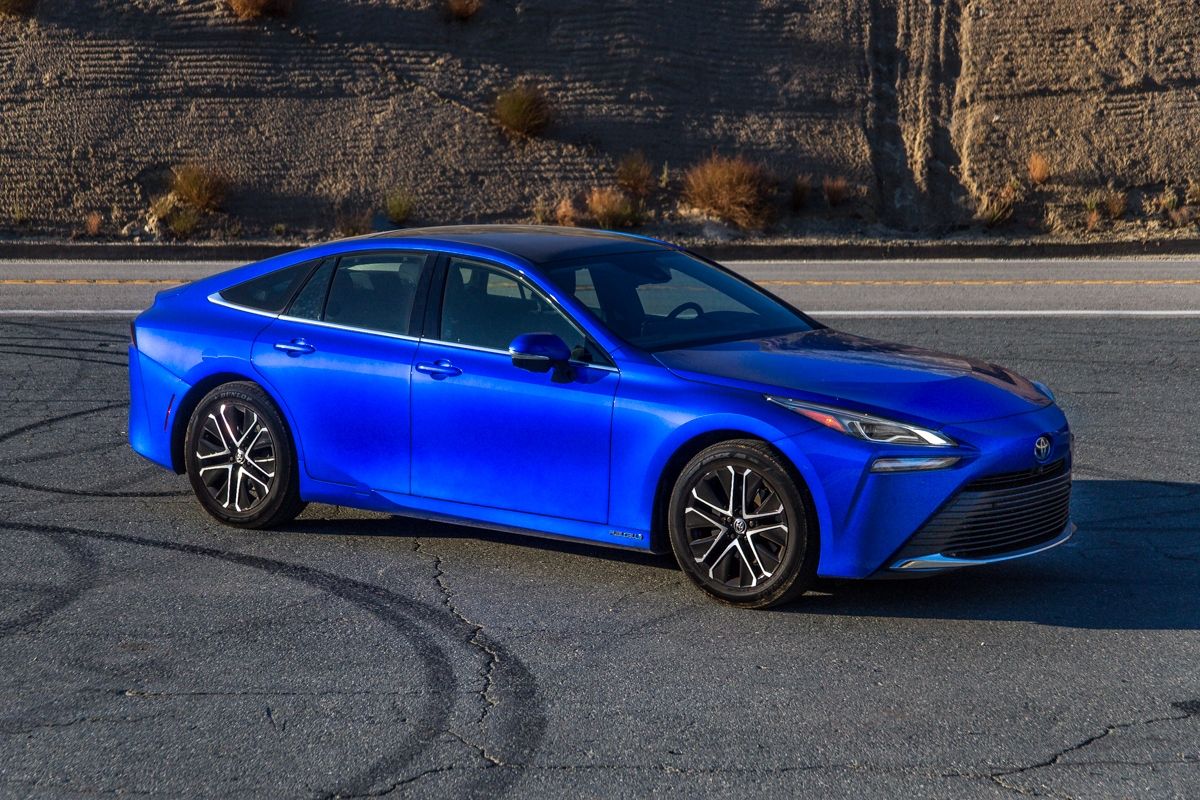
Toyota is doing a lot to make its hydrogen-powered Mirai more and more attractive to buyers, and the company intends to pursue hydrogen further in the future. But Toyota is using the Mirai as more than just a pin-up for its hydrogen innovations, and is looking to reduce the number of crashes to zero.
To do this, Toyota is launching a new driver aid system that is the result of analyzing crashes to see how they can be better avoided. More than that, the system aims to complement a driver rather than take over completely at all times. This new tech is called Advanced Drive and will be launched first on the Mirai and the LS Hybrid from Lexus.
This system is not meant to be fully autonomous, but rather one that acts "as a companion". Toyota wants its new system to take over when it is better equipped to handle driving, and let driving be done by the driver when they're better equipped. Ultimately, Toyota says that drivers must remain at the center of driving rather than act as passengers, because "people don't enjoy watching machines." Advanced Drive is designed around five characteristics: Intelligent, Reliable, Perceptive, Interactive, and Upgradeable.
In cases where danger is being predicted, whether in the surrounding environment or the driver's condition, Advanced Drive gives a warning, allowing the driver to decide what should happen next with the system providing suggestions. "The objective is driving assist that fosters trust between driver and car through this two-way communication," says Toyota.
What's most impressive about this system is that it can account for specific scenarios where other advanced driver aids may fall short. For example, if there's a large vehicle in the lane alongside the vehicle, the car will give that vehicle a wider berth. It can also make considerations for other vehicles that merge into your lane. It detects such actions early for smooth deceleration. Lane changes can be automatically made too, or the driver can request a lane change by using the turn signal.
A driver monitor camera warns the driver when his or her gaze is averted from the road, and it can tell when the driver gets sleepy. It can roust you with a warning buzz, vibrating the seat belt, flashing the head-up display, and activating a care guide app that engages in dialogue. It's all very impressive, and with regular software updates can only get better. Bravo, Toyota.
